5x the impact of the Corona pandemic on our payment behavior
The Corona pandemic affects many aspects of our lives, including our payment behavior. It is now clear that the shift to digital payment has been significantly accelerated. The rapid growth of e-commerce, the increase in the number of contactless payments and even the increase in the number of online fraud attacks; it all fits within the rapidly digitizing payment landscape. We list the biggest changes in payment behavior as a result of the Corona pandemic:
1. Cash is disappearing from the streets
Cash usage in Dutch shopping streets has been declining for years. The pandemic caused this trend to accelerate. A recent article in de Volkskrant (NL) revealed cash usage to have decreased with 50 percent during the lockdown in the Netherlands. The number of withdrawals from ATMs during the lockdown fell from 4 million to around 2 million per month. This change is also visible in other countries. In countries like Italy and Germany, where people prefer to pay with cash, it is now seen that cash rapidly disappears from the streets. A study by the German Payment System Initiative, for example, shows that 57 percent of Germans use their debit card more often and over 50% have significantly reduced the use of cash.
2. Contactless payment is becoming 'the new normal’
The pandemic has caused contactless payments to become the 'the new normal' faster than expected. Banks in the Netherlands and other European countries increased the limit for contactless payments without entering a PIN from 25 euros to 50 euros. Consumers were very happy with this and the percentage of contactless payments grew rapidly. In the Netherlands, the percentage of contactless payments increased from 69 percent to almost 80 percent.
3. Accelerated acceptance of the digital wallet
The rise of the 'digital wallet' has long been a trend in America and Asia. A 'digital wallet' is an app that you install on your mobile phone or wearable, which stores your payment information. This allows you to handle digital transactions in physical shops and online, without the need for a credit card, bank card or cash. Thanks to the already available built-in two-factor authentication in the user's mobile phone, contactless payment limits are not necessary, which allows you to pay contactless for amounts over 50 euros.
Because digital wallets require less interaction between consumers and (mobile) pin devices, the acceptance of these secure ‘contactless’ payment options during the pandemic has significantly accelerated. A study by Mastercard shows that 26 percent of Dutch consumers already used a mobile phone with a digital wallet in order to pay without physical contact during the lockdown.
4. Rapid introduction of strong customer authentication
Since September last year, Payment providers and banks must comply with the PSD2 legislation. Strong customer authentication is a crucial part of this. Consumers must then authenticate a payment with at least two methods, for example with a password and a biometric identification, such as a fingerprint. Until now, some credit cards still did not provide this.
However, the pandemic is causing criminals to focus more on committing payment fraud rather than physical theft. Think, for example, of the recent WhatsApp fraud in which criminals impersonate family members who need money quickly. This growing interest in digital payments by criminals makes the rapid introduction of strong customer authentication even more necessary.
5. New population groups discover the convenience of online payments
The pandemic has also forced consumers who normally make their purchases in physical stores to buy and pay online. Elderly people went shopping online for the first time to avoid the risk of infection. Are these consumers going back to the physical stores now? Or is multi-channel retail where products are available both physically and online, now becoming more popular?
We have to wait and see what all these developments will mean in the long term, but it is clear that further digitization of the payments landscape has accelerated.
More about Covid-19? Read our blog about the impact of Covid-19 on the platform economy.

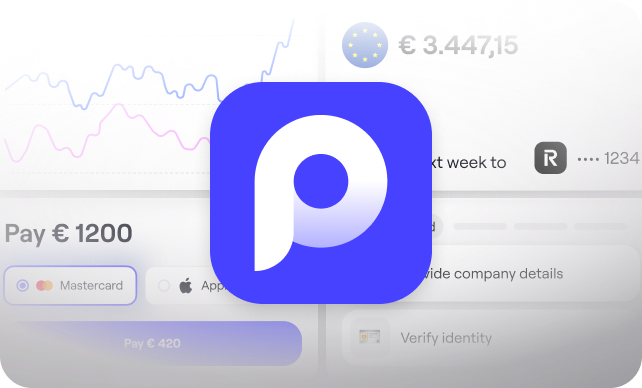
.svg)
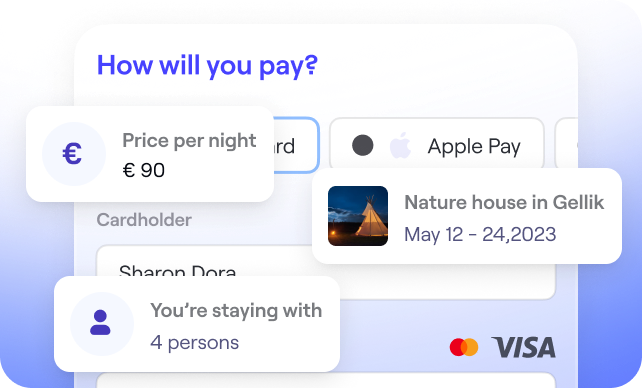
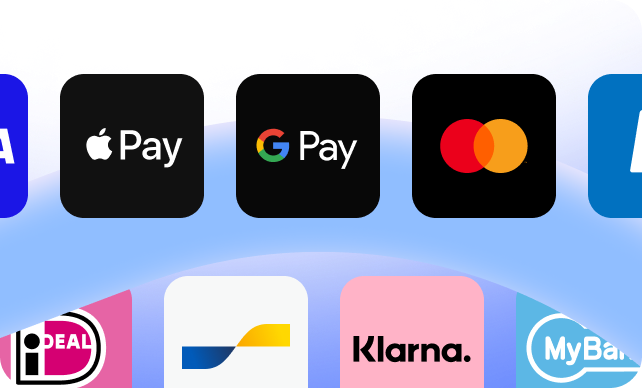

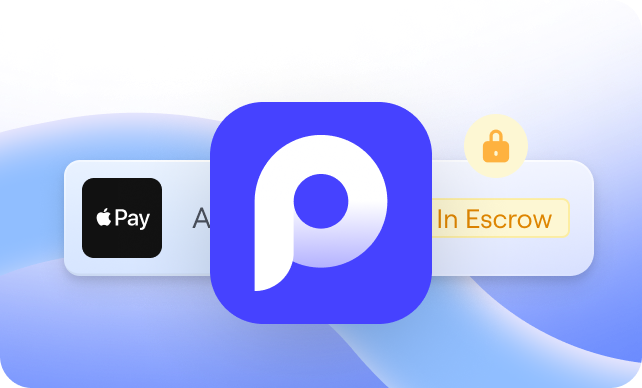

.svg)
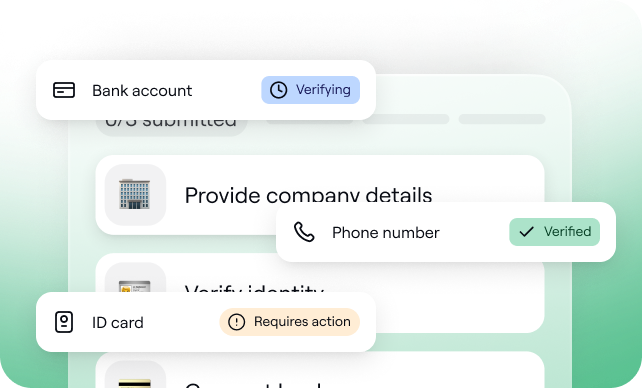
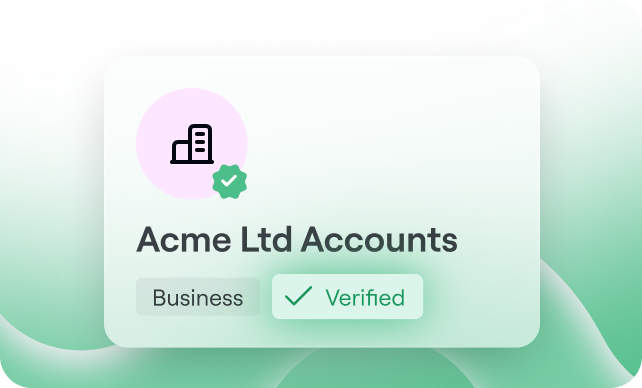

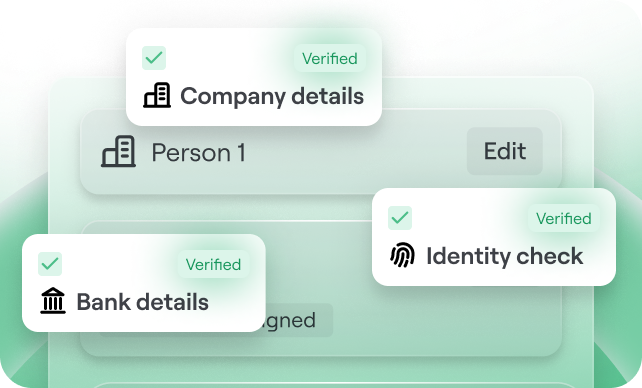
.svg)
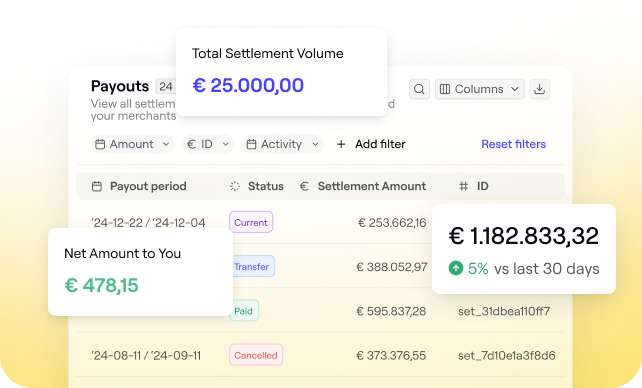
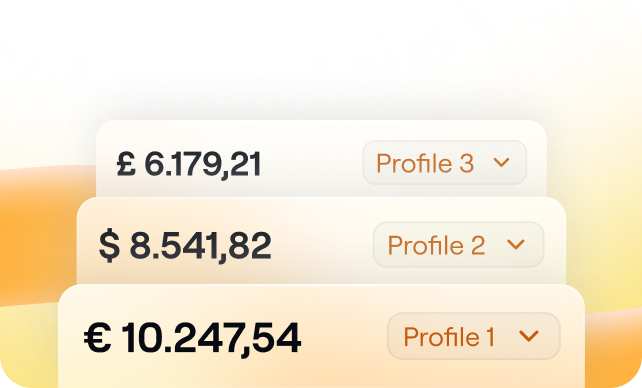
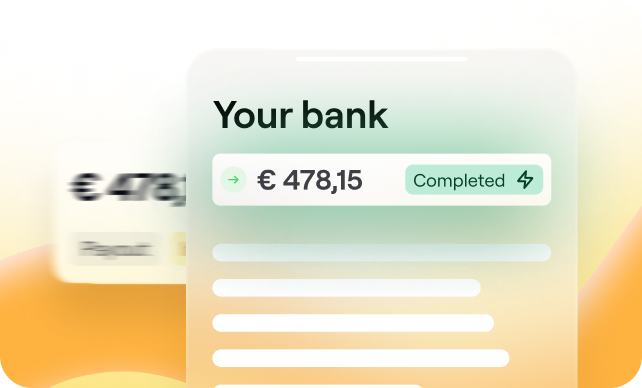
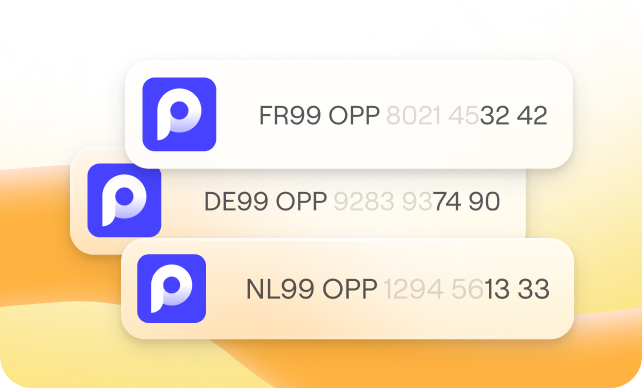
.svg)
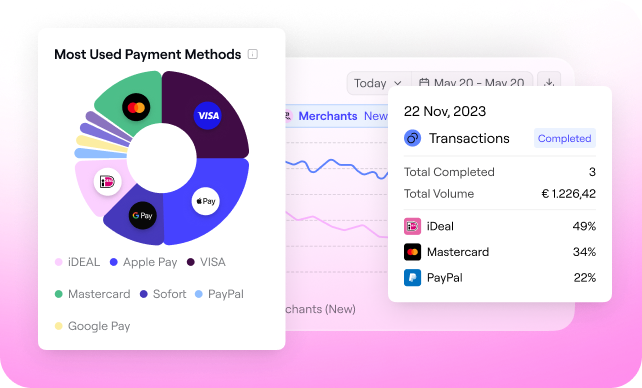
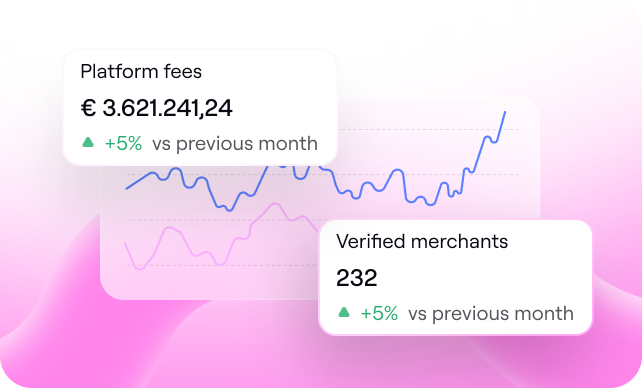

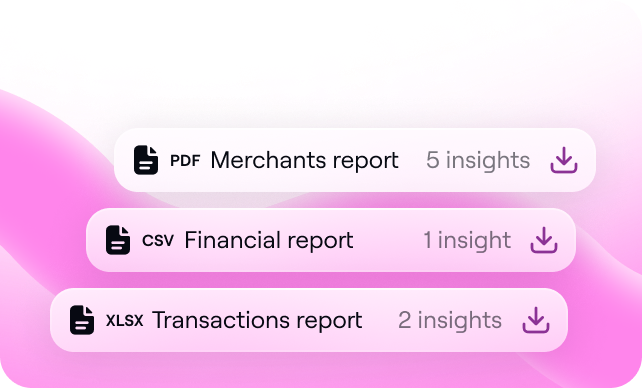
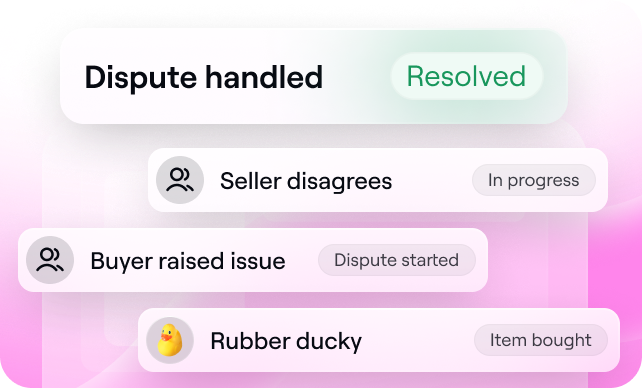

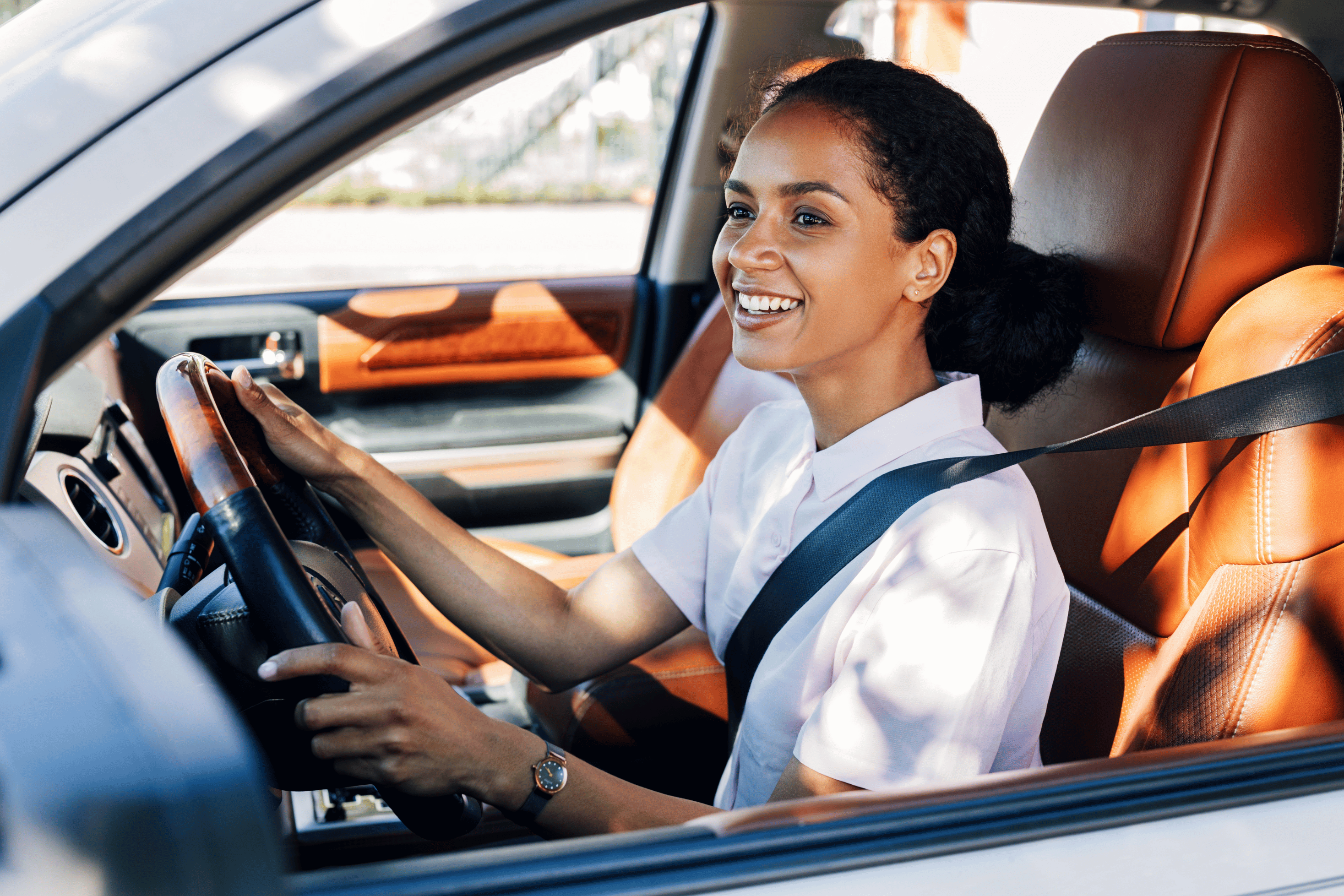

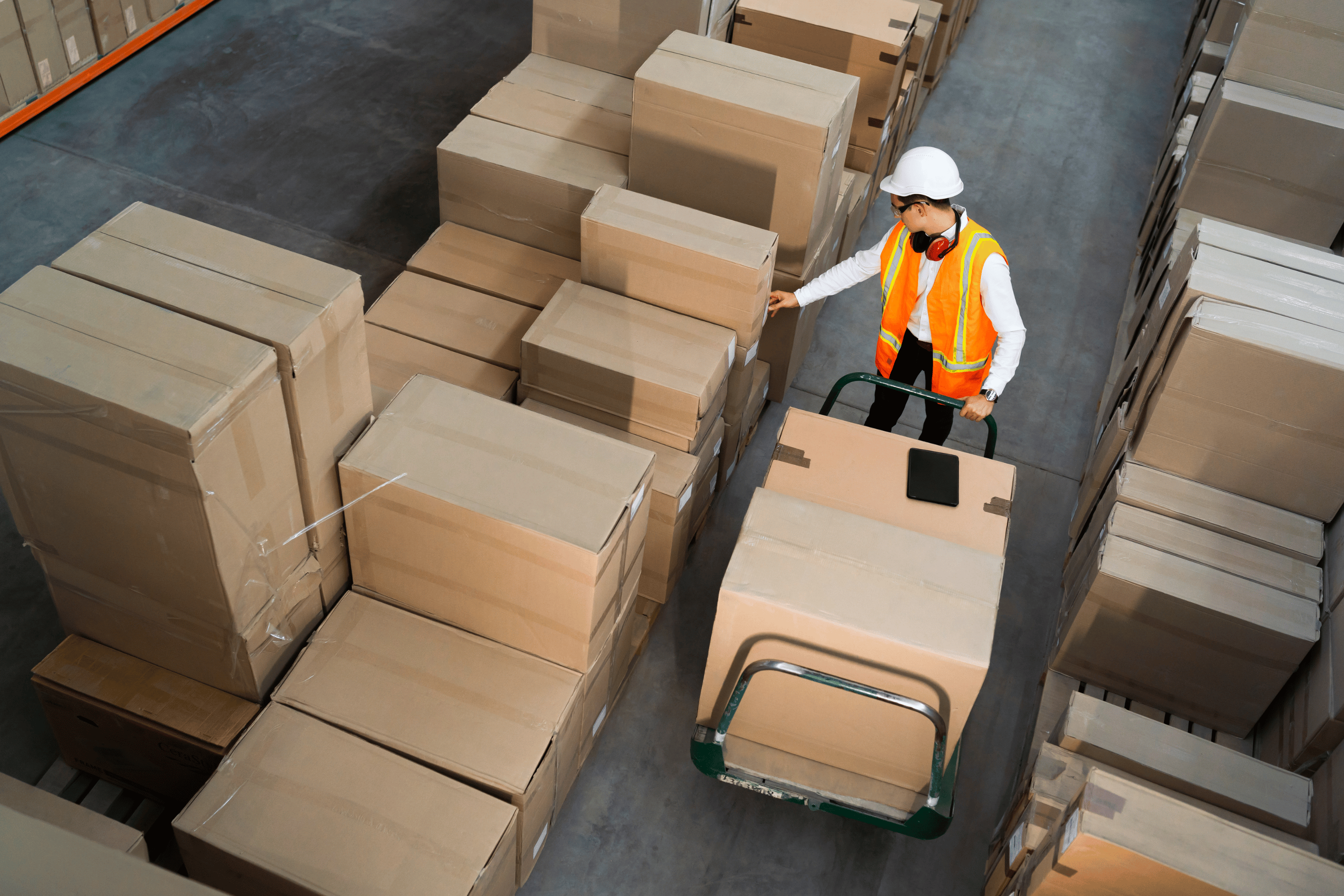


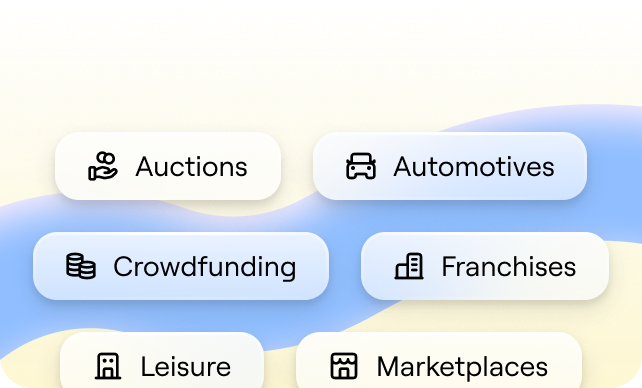
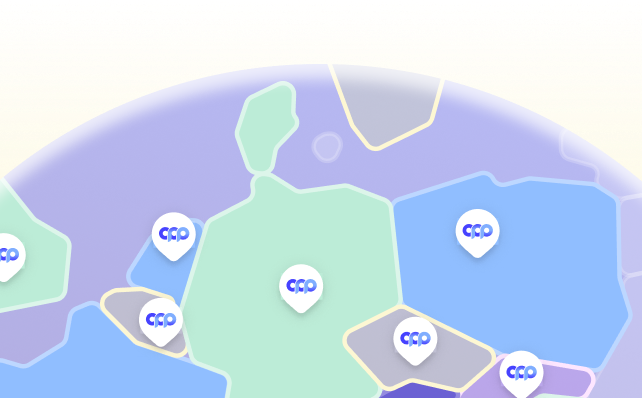

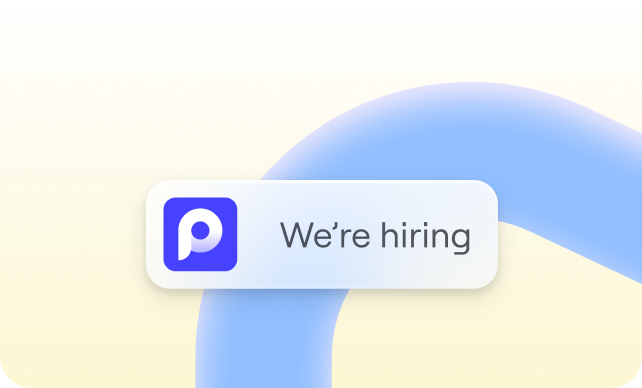



%20(1).png?width=1300&name=Copy%20of%20Copy%20of%20Blog%20post%20(1620%20x%201080%20px)%20(1).png)



.png)
.png?width=75&height=51&name=Worldline%20(2).png)